
Are Amazon Dash buttons a gimmick or a game-changer? Two years after their launch in the US, the question remains almost impossible to answer. The push-for-delivery devices are understood to account for a small percentage of orders in the US (although Amazon says volumes grew fivefold over 2016). And there is still a complete lack of data on how the UK market has reacted to their launch back in August.
But this hasn’t stopped Walmart putting its faith in the concept. The US giant has filed a trademark for its own wi-fi connected, branded button, according to data provider CB Insights. According to the report, the devices will require less effort than Amazon’s (although it is hard to imagine anything less labour-intensive than one press of a button) and they will form part of the retailer’s future focus on internet of things technology.
It can’t do any harm for Walmart to compete with Amazon in this area. If the patent does go ahead, it will be the only other major retailer aside from Amazon to offer this technology. And those shoppers who feel a genuine desire to shop with buttons – even if they remain a minority – will now have an alternative provider.
Whether it will be a major breakthrough, though, remains hugely doubtful. Even in the US, where internet of things technology has taken off to a greater extent, these buttons are doing little to add volumes. Back in March, Mondelez e-commerce director Neil Ackerman admitted its sales through Amazon Dash remained “very small”. Speaking at retail conference Shoptalk US, he said the UK market was too small to warrant a rollout of Mondelez brands on this side of the pond – making it unlikely this Walmart launch will carry over to its Asda arm.
Instead, it is the forthcoming focus on other internet of things technology that could be the real game-changer at Walmart and indeed Asda. At Shoptalk US, voice-activated assistants such as Amazon Alexa and Google Assistant were the technology on everyone’s lips. Unlike physical buttons, they aren’t constrained by particular brands and pre-set delivery preferences. These assistants could do your entire grocery shop – and work out the cheapest, quickest option for you – without you having to lift a finger. Watching them in action, it is easy to imagine how these assistants could become the future shopping method of choice. A home full of different branded buttons is slightly more difficult to envisage.
An Amazon Dash button may be nice to have. But if Walmart can tap the power of these assistants, it will have the potential to genuinely revolutionise its customers’ shopping habits.







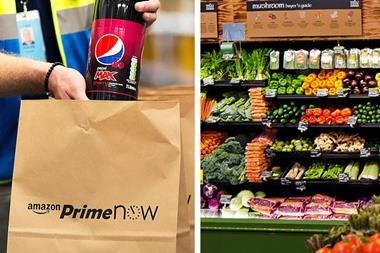
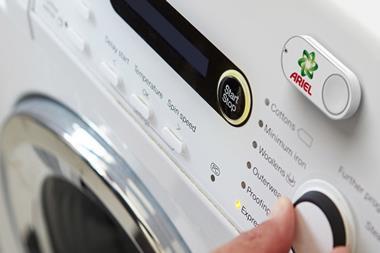
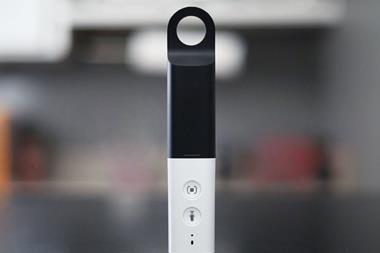

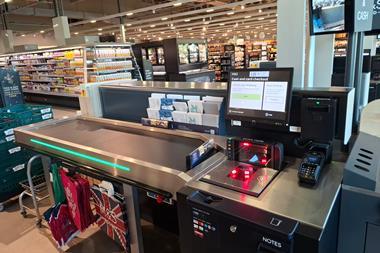


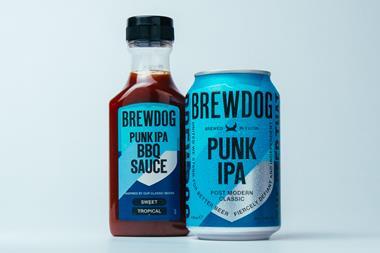

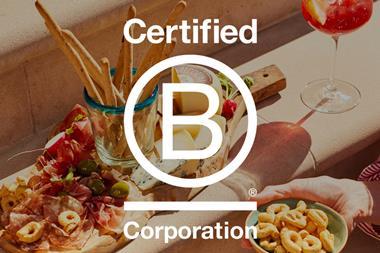


No comments yet